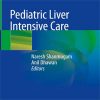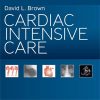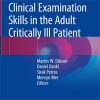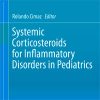The Neurohormonal Basis of Pulmonary Hypertension in HFpEF
academic.oup.comSubjects with heart failure with preserved ejection fraction (HFpEF) display activation of the endothelin and adrenomedullin neurohormonal pathways, the magnitude of which is associated with pulmonary hemodynamic derangements, limitations in RV functional reserve, reduced cardiac output, and more profoundly impaired exercise capacity in HFpEF.
Further study is required to evaluate for causal relationships and determine if therapies targeting these counterregulatory pathways can improve outcomes in patients with the HFpEF-PH phenotype.
Plasma levels of C-terminal pro-endothelin-1 (CT-proET-1) and mid-regional pro-adrenomedullin (MR-proADM), central haemodynamics, echocardiography, and oxygen consumption (VO2) were measured at rest and during exercise in subjects with invasively-verified HFpEF (n = 38) and controls free of HF (n = 20) as part of a prospective study.
The diagnosis of HFpEF was determined using invasive exercise testing in all participants.
Heart failure with preserved ejection fraction was confirmed by typical clinical symptoms (dyspnoea, fatigue), normal left ventricular (LV) ejection fraction (≥50%), and elevated pulmonary capillary wedge pressure (PCWP) at rest (>15 mmHg) and/or with exercise.

















